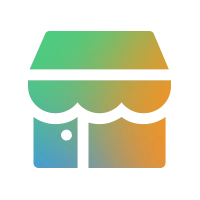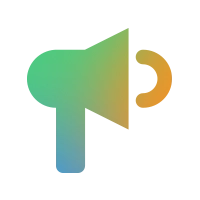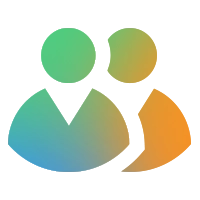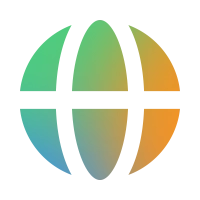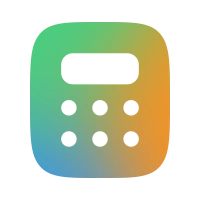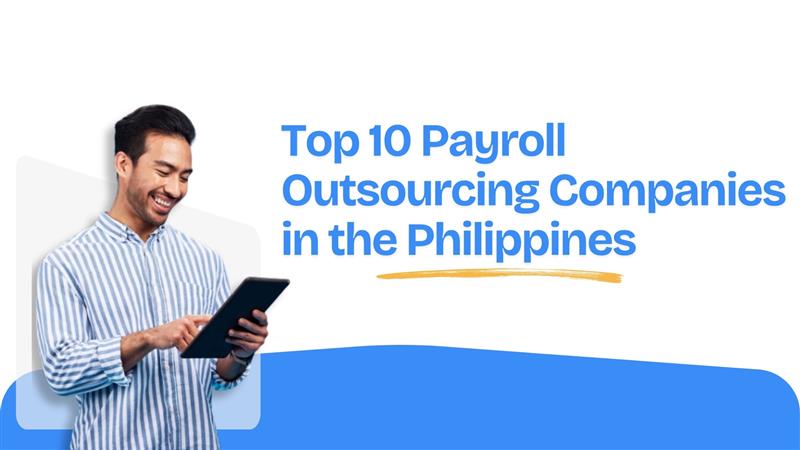
Published in:
Blog
People Analytics: The latest addition to HR’s ever changing role.
People analytics has become vital for HR and People leaders as they’ve navigated through recent uncertainty. Understanding where your workforce are, sickness and absence levels, and using data to inform business planning and flex organisational direction has enabled HR to become a valued insight-driven leader in today’s boardroom. From adapting to shifting priorities, to using workforce visibility for resource planning, HR teams who have had People analytics at their fingertips have provided immeasurable value at a time when leaders need it most.
According to research, even before the impact of the pandemic, just a quarter (26%) of HR leaders were using People Analytics, despite widespread recognition of its importance in decision making and in directing strategy. Effective People Analytics goes way beyond just simple analytics.This does not mean just the task of mining data and reporting it but whereas identifying the actionable insights which leads to solutions. An effective outcome of innovative People Analytics requires data-driven approaches to be applied to improve workforce visibility and the management and engagement of your workforce. The aim of this is to understand your people and their behaviour and convert it into actionable insights to help you make informed evidence-based decisions.
Traditionally, Sales, Marketing, Finance and other operational teams use data to plan and measure activities and gain actionable insights to show their value and contribution to the business.And there should be no exception for HR, as they take care of the most important asset of any organisation, it’s people. The C-suite expects this in decision making and the HR of tomorrow can provide this confidently and seamlessly.
Here’s how you get ready to upskill for tomorrow’s people analytics, today.
Forward-thinking People leaders are hiring from non-traditional roles to get data experts into HR teams quickly, whether they’re data scientists, economists, or analysts from other fields, to get ahead. Upskilling goes beyond just that, however,
- Start working by making room for analytics in your team, this includes creating data-driven roles and recruiting from different fields. It is important to make a business case for this head count.
- There is no point in talking about People Analytics in the first place if the right technology is not available.A cloud HR system with comprehensive People analytics functionality is critical. Look for a system that enables you to visualise people data in dashboards that are ready to share, drill down into data and run what-if analyses,and lets you generate reports to notify your managers of any exceptions from the regular pattern.
- Work with your vendors to understand what your system is capable of and what the next steps are for you in your organisation’s People analytics journey. Can you leverage ideas from other customers? How can you create dashboards to identify your priorities and drill down to the relevant data?
- It is important to create a deeper and closer relationship between HR and Finance.As data experts already, they can support HR teams on their People analytics journey and allow both teams to benefit from better alignment.
- You don’t have to go on the skills journey alone, take your C-level with you.Present this as mission-critical for your organisation and highlight the advantages of analytics maturity (and the business risks by not), so they can understand the challenges and huge benefits that lie ahead and you can solve them together.
These five steps to better workforce visibility form the basis of most organisations’ People Analytics journey. They are:
- People data collection
- People analytics reporting
- Analysis of the data
- Insights from analytics
- Using these insights to proactively identify problems and make informed business decisions.
Best-in-class People teams are further along in their People analytics journey, and the People team of tomorrow will be at full analytics maturity. In practice, this means CHROs can access up-to-the-minute data from a single reliable source of truth, providing credible recommendations with interactive dashboards that can be shared across the C-suite to make informed business decisions in real time. It means ‘SMART’ HR KPIs aligned to business objectives, using ‘leading’ metrics instead of ‘lagging’, and going beyond just KPIs to understand the why – for example, how more women can be promoted to senior levels, or why engagement may be lower in certain teams.





